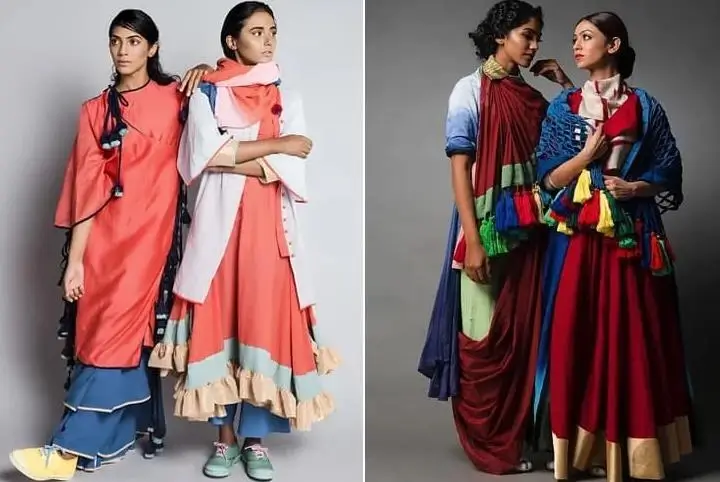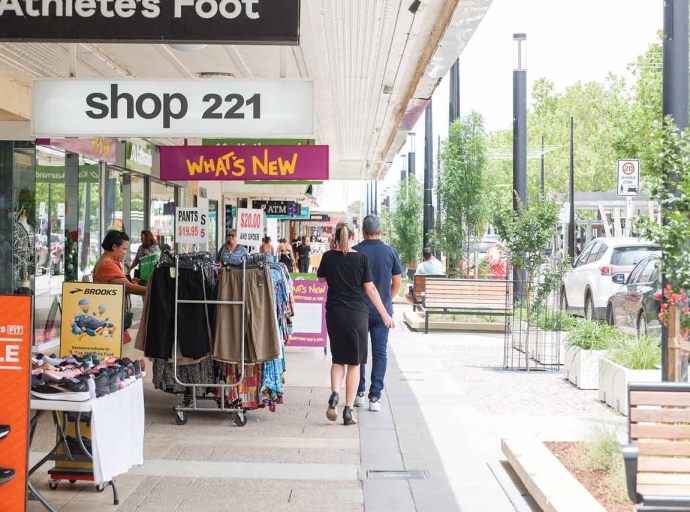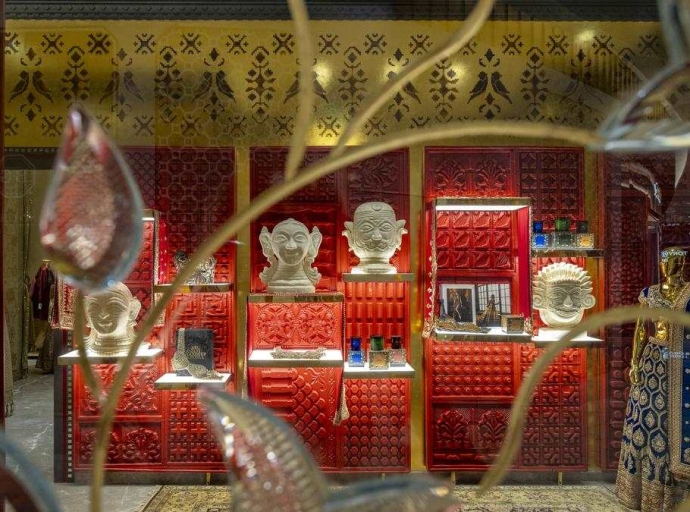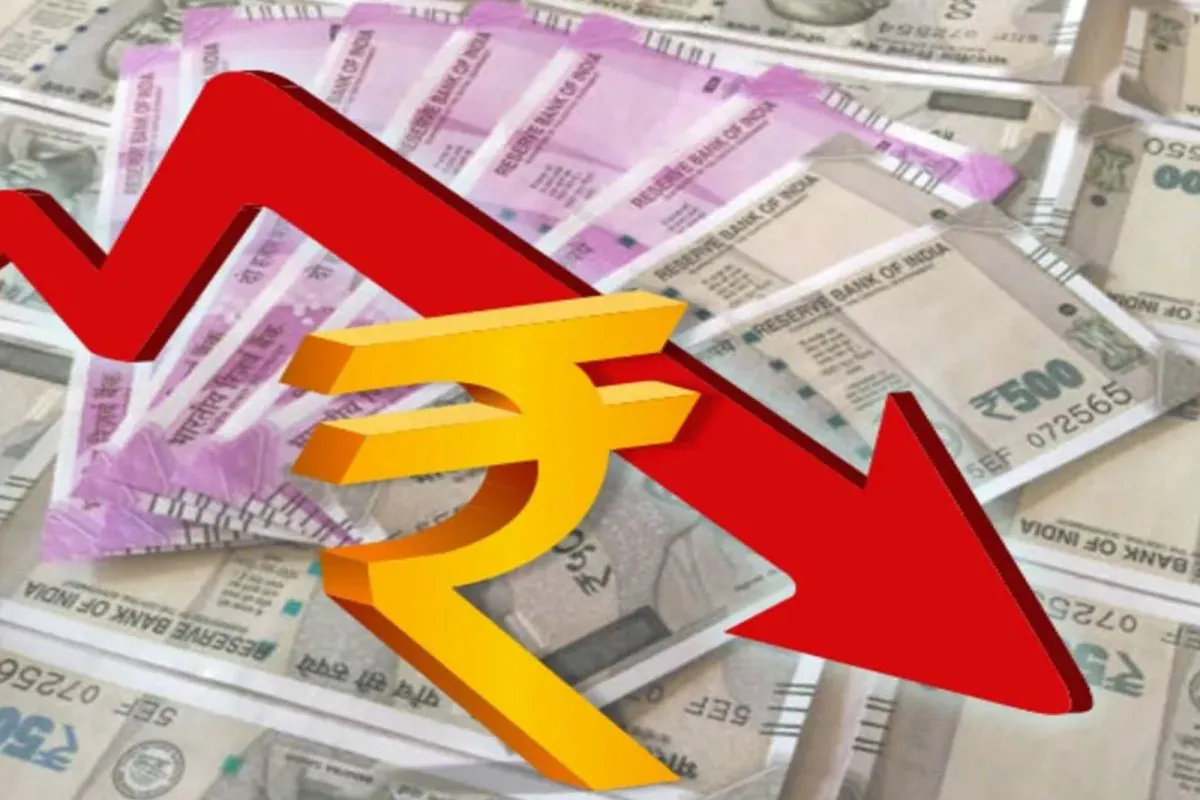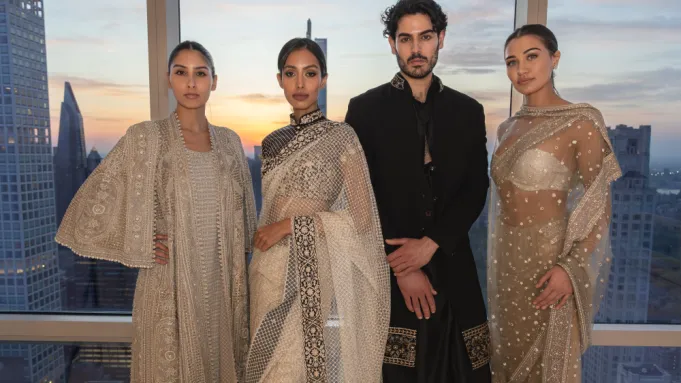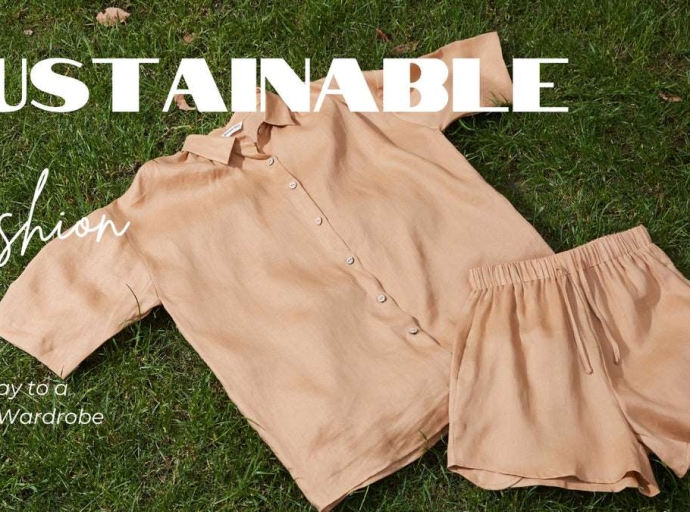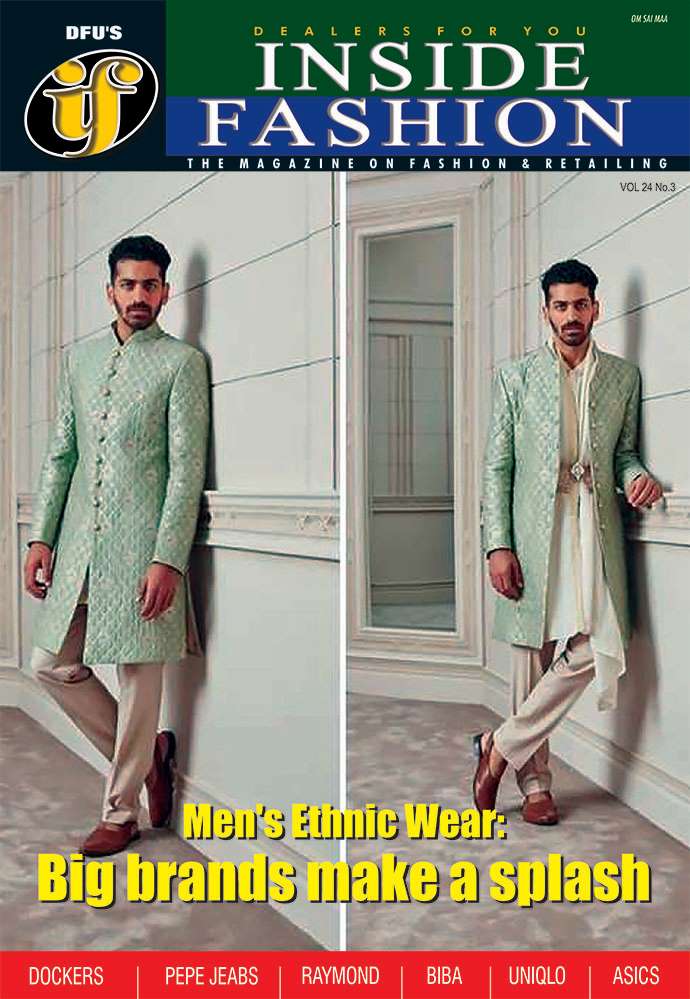India's fashion e-commerce market is projected to reach over $98 billion by 2032. Yet, beneath this headline-grabbing potential lies a difficult truth: not all growth is created equal.
While a select few D2C (Direct-to-Consumer) fashion start-ups are building multicrore enterprises, many others are caught in a cycle of high cash burn and eventual collapse.
The key differentiator, as a hard look at the data reveals, is a fundamental shift in strategy: margins beat scale every time.
This trend mirrors the broader Indian start-up ecosystem where a focus on unit economics and value creation is finally trumping the 'growth at all costs' narrative.
For fashion and fashion tech, this means success is defined not by how much funding a brand raises or how many customers it acquires through deep discounts, but by its ability to build a profitable, resilient business from day one.
The margin-first mindset
Successful Indian fashion start-ups don't just sell clothes; they sell a story, a purpose, and a tightly controlled experience that boosts their profit margins.
They've learned to play the ‘margin game’ by focusing on a few key pillars.
The value-add premium: Instead of competing solely on price, successful brands create a premium by adding value. This can be through superior design, sustainable sourcing, or a compelling brand narrative. For example, Snitch, a men's fast-fashion brand, found success by offering trendy, high-quality styles at affordable prices. They built a strong D2C model and leveraged social media to engage a community of followers. By owning their brand and customer relationship, they've achieved traction, reaching a valuation of Rs 900 crore. Their focus on speed and style allows them to command better margins than traditional retailers.
This D2C model is crucial because it allows brands to cut out middlemen, from wholesalers to distributors, thereby increasing their gross margins. A typical D2C fashion brand can aim for 50-70 per cent gross margins, a stark contrast to the thin single-digit margins seen in traditional wholesale.
The power of brand story and community: In a crowded market, a strong brand identity is a defensible moat. This is where start-ups like The Souled Store have thrived. They didn't invent clothing; they packaged pop culture, fandom, and a sense of community into wearable merchandise. This brand loyalty encourages repeat purchases and reduces the need for expensive customer acquisition, a major win for profitability.
The average customer lifetime value (LTV) for a D2C fashion brand is highly dependent on its repeat purchase rate. Brands with a strong community can achieve a higher LTV, justifying their initial customer acquisition costs (CAC). A healthy LTV/CAC ratio of 3:1 or higher is often the benchmark for investors.
Technology as a margin enabler: Fashion tech isn't just about building an app; it's about using technology to optimize operations and boost profit. Successful start-ups use tech to reduce return rates. Tools like AI-powered sizing recommendations and virtual try-ons address the biggest margin killer in online fashion: returns. Industry feedback suggests return rates can be as high as 35-50 per cent for some online apparel categories. Reducing this directly impacts the bottom line. Tech also helps in optimize supply chains. Data analytics helps in demand forecasting, preventing overstocking and markdown losses. And personalized recommendations increase average order value (AOV) and customer loyalty.
Why they fail is the scale trap
For every success story, there are countless failures, often rooted in a few common missteps that prioritize scale over sustainability. The most common mistake is around high cash burn and unsustainable unit economics. They chase growth at any cost. Start-ups often spend excessively on marketing, influencer campaigns, and deep discounts to acquire a large customer base. This approach is unsustainable, especially when the unit economics don't add up.
A start-up may achieve a high Gross Merchandise Value (GMV), but if its Cost of Goods Sold (COGS) and Customer Acquisition Cost (CAC) are too high, it will bleed cash with every sale. This leads to a vicious cycle of needing more funding to cover operational losses.
Over-reliance on funding is another cause. Many start-ups in the scale trap play the funding game, not the margin game. They operate with the assumption that a new round of funding will always be there to bail them out. In a funding winter, this strategy becomes a house of cards. The pattern is clear: aggressive growth, followed by a need for more capital, and finally, a painful restructuring or shutdown when the funds dry up.
Operational inefficiencies also lead to failures. The fact is poor operational discipline can kill a brand faster than a lack of funding. Inconsistent sizing, slow order fulfilment, and a chaotic return process lead to customer dissatisfaction and high churn. This is the ‘scale trap’ at its worst, a flood of orders with no backend infrastructure to handle them, resulting in a reputation for poor quality.
Table: A tale of two strategies
|
Feature |
Margin-first success |
Scale-first failure |
|
Business Model |
Direct-to-Consumer (D2C) with a strong brand story and value-add. |
Marketplace-heavy, relies on deep discounts for sales volume. |
|
Metrics |
Focus on Gross Margin, LTV/CAC ratio, and customer retention. |
Obsessed with GMV, MAUs (Monthly Active Users), and funding rounds. |
|
Strategy |
Build a loyal community, use tech to optimize operations, and grow steadily. |
Acquire customers rapidly through discounts, often ignoring profits. |
|
Outcome |
Sustainable, profitable growth with higher valuations in the long run. |
High cash burn, struggles to raise follow-on funding, and eventual restructuring or shutdown. |
Building value, not just valuation
The Indian fashion start-up ecosystem is maturing. The focus is shifting from a 'unicorn race' to ‘profit marathon.' The next wave of successful start-ups will be those that build businesses that generate cash, not just headlines. They will be the ones who understand that in the end, a business is only as valuable as its ability to be profitable. This means meticulously managing margins, building a brand people love, and using technology as a lever for efficiency not just for flash.



